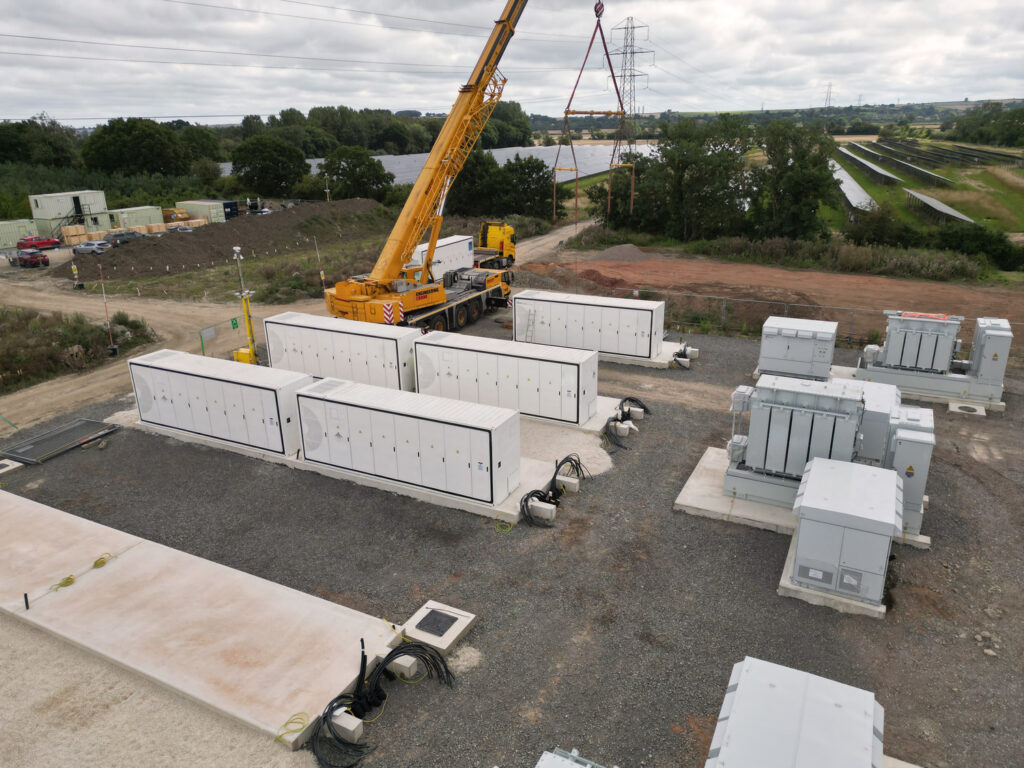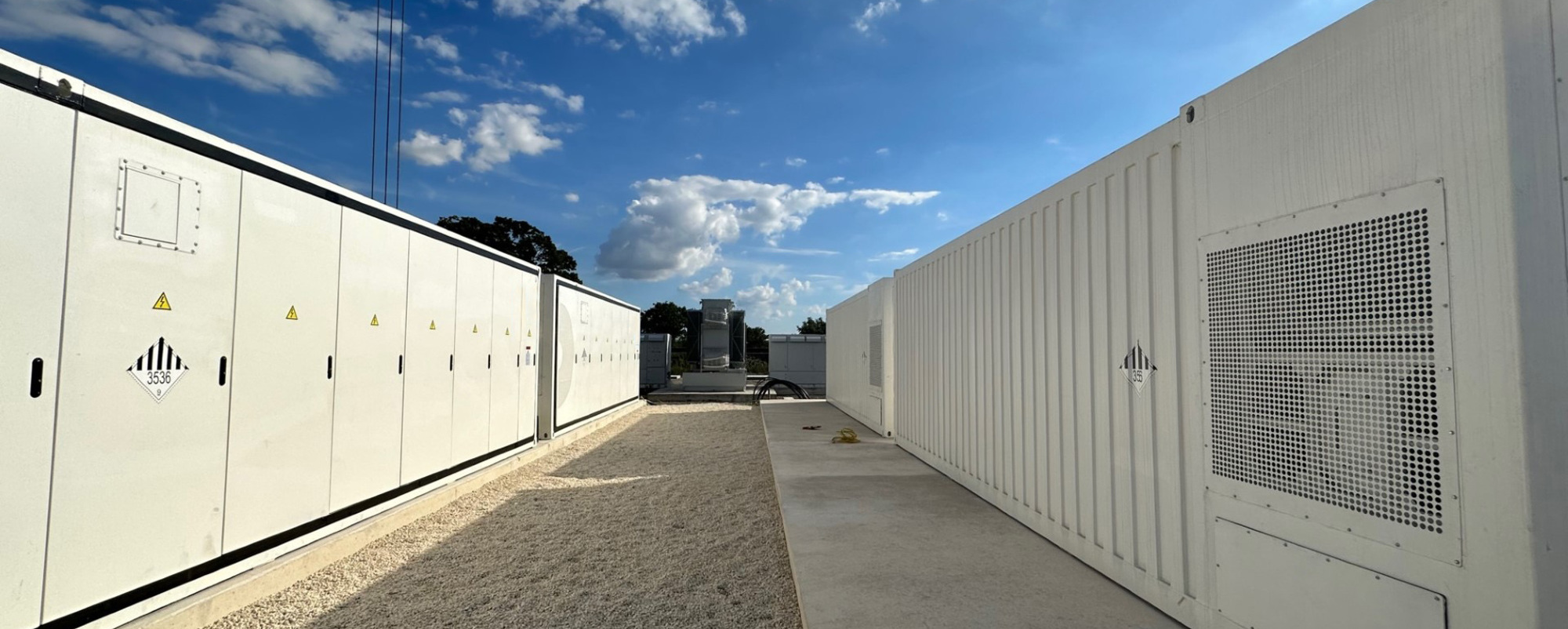Behind the scenes at Lightsource bp's first battery energy storage project
Our Tiln battery project has now been energised. Here’s why this is a key milestone in our mission to build a renewable-powered grid.
“Energy storage can help renewables take a central role in the world’s electricity networks. It ensures that clean, sustainable energy is accessible whenever and wherever it’s needed.”
That was Miguel Vega, Director of Business Development, EMEA at Lightsource bp, reflecting on the launch of a multi-gigawatt global energy storage pipeline. It starts with the 25MW/50MWh Tiln battery project in Lincolnshire, UK, which is now energised and ready to connect to the grid.
This is an important milestone. Battery storage is a rapidly evolving technology and one that will be instrumental in enabling the full-scale expansion of solar and other renewable energy sources across the world. Projects like the Tiln battery demonstrate that it is commercially and practically viable today.
So, why is battery energy storage so important?
A clean energy enabler
Solar is inevitably a variable energy source. So, solar batteries ensure that any excess electricity generated in periods of surplus is stored, not lost, and can then be released back into the grid during periods of high demand.
Being able to manage these peaks and troughs in supply and demand creates a more flexible, stable grid, optimised for the variability of renewable energy generation. It helps minimise sudden fluctuations in supply to help guarantee a relatively smooth flow of energy. Ultimately, this improves energy security while lowering costs for consumers.
Deploying large-scale batteries like the Tiln project is critical to help meet the urgency for more sustainable power without the need to wait for grid upgrades.
Taking our global battery energy storage opportunity global
At Lightsource bp, we’re investing in this game-changing technology to support the 60GW of solar we’re currently developing worldwide. Our energy storage opportunities are also at the gigawatt-scale.
The Tiln battery project is just the first of Lightsource bp’s multi-gigawatt storage pipeline to reach construction. It’s located alongside our 61MWp Tiln Farm solar project and shares the grid connection infrastructure. That means the battery can be charged directly from the grid as well as using re-routed solar energy from the adjoining solar farm.
Building in battery safety from the start
 Safety is a central consideration and a core value for our business. The battery is equipped with advanced safety features, with individual battery units within each container that are sealed and monitored, with their own fire suppression systems. So, if one cell fails, the majority of the container unit is protected and the problem is contained to a much smaller section of the battery.
Safety is a central consideration and a core value for our business. The battery is equipped with advanced safety features, with individual battery units within each container that are sealed and monitored, with their own fire suppression systems. So, if one cell fails, the majority of the container unit is protected and the problem is contained to a much smaller section of the battery.
A sign of things to come
Stabilising electricity supply is one of the biggest obstacles in the transition to a low-carbon energy system and battery storage has a critical role to play in overcoming it. Lightsource bp is rising to the challenge. With the Tiln battery and other projects coming soon, we’re putting this cutting-edge technology into action today to pave the way for a renewable battery powered grid.
As Sam Toner, our Head of Business Development for BESS in Europe, summarises: “The Tiln energy storage project is proof that we have the skills, knowledge and drive to innovate beyond solar. It’s a sign of things to come.”
In August 2024 the Tiln Energy Storage project, and the Tiln Solar project were acquired by specialist renewable investment manager Schroders Greencoat.
Latest news
10 Jul, 2025
Lightsource bp championing sustainable agriculture at AgriVoltaics World Conference 2025
Lightsource bp was proud to be the Gold Sponsor at the AgriVoltaics World Conference 2025 in Freiburg, Germany.
26 Jun, 2025
Lightsource bp signs first PPA in Taiwan with Star Trade for pilot fishery solar project
Lightsource bp has signed a power purchase agreement (PPA) with Star Trade for its Budai solar project in Taiwan.
10 Jun, 2025
Lightsource bp secures financing on its first project in Taiwan and its pilot fishery solar project globally
Lightsource bp, a leading developer and manager of global onshore renewable energy projects, has secured financing for its 115MWp fishery solar project in Taiwan.




